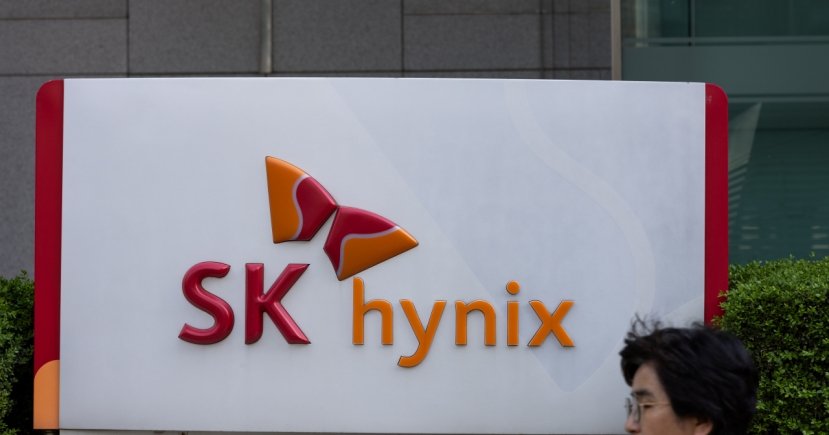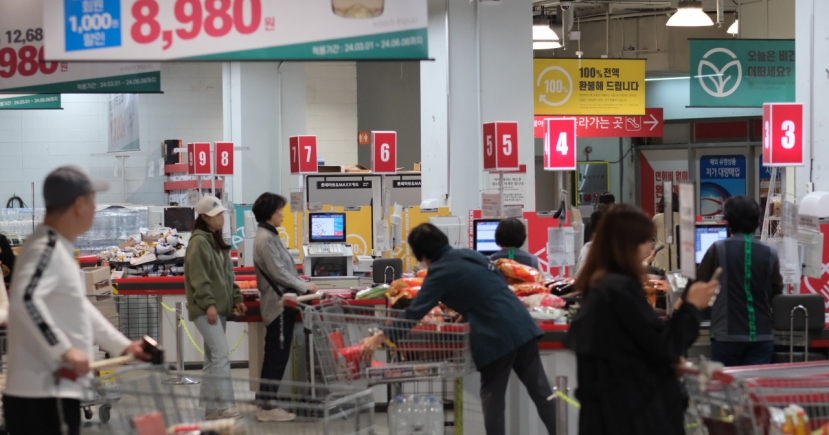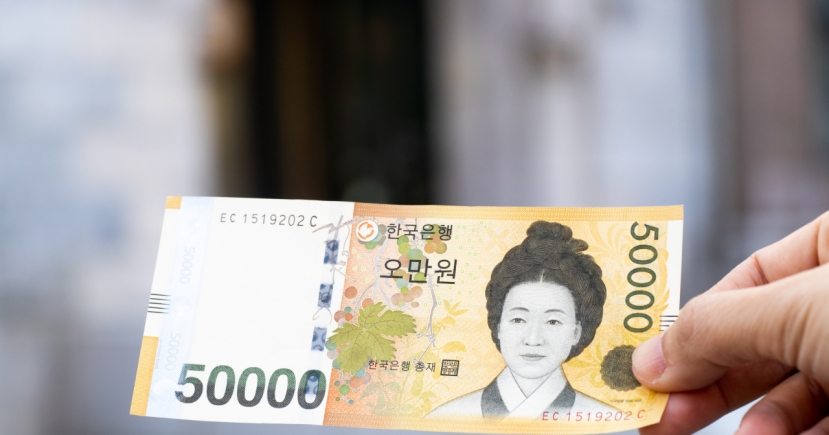Market Now
S. Korea’s household debt growth slows down, Treasury yields surge in Oct.
 |
A man passes by advertisements in Seoul promoting Standard Chartered Korea's mortgage products on Oct. 26. (Yonhap) |
The pace of household debt growth in South Korea slowed down in October, while yields on both short-term three-year and benchmark 10-year Treasury notes saw gains in the same period, data showed Nov. 10.
Outstanding household loans extended by banks here gained 5.2 trillion won ($4.3 billion) on-month to 1,057.9 trillion won, Bank of Korea data showed. The gain was less sharp than the 6.4 trillion won on-month gain observed in September and the 10.6 trillion won on-year increase seen in October.
The data comes amid a shift in the household borrowing mood as the financial authorities are imposing stricter lending rules to curb the nation’s snowballing household debt. Banks have been temporarily suspending their key mortgage products and imposing stricter screening to uphold the financial authorities’ efforts.
Mortgages increased 4.7 trillion won on-month to 774.5 trillion won in October, slowing down from the 5.6 trillion won gain seen in September.
Overall, the financial authorities said last month that they plan to implement stricter lending rules based on borrowers’ repayment capabilities via the debt service ratio system. The debt service ratio measures how much borrowers can afford to pay in proportion to their annual income.
Since July, the policymaking Financial Services Commission has mandated a maximum 40 percent debt service ratio for borrowers who seek to purchase homes worth more than 600 million won in so-called regulated regions -- areas designated by the government as targets of speculative buying or “heated” home prices.
The BOK’s decision to end more than a yearlong freeze on interest at the low rate of 0.5 percent by carrying out a 25-basis-point rate hike in August has put the brakes on household borrowing as well, with banks raising interest rates. BOK Gov. Lee Ju-yeol in October hinted at a second rate hike in the pandemic era at an upcoming rate-setting meeting scheduled for this month, as the economy has been showing signs of recovery.
Loans to companies, on the other hand, picked up pace, gaining 10.3 trillion won on-month to 1,059.3 trillion won in October. The corresponding figure gained 7.7 trillion won on-month in September.
The yields of short-term three-year and benchmark 10-year government bonds surged in October due to concerns about global inflation, talk of a shift in the major economies’ monetary policies and a Korean Treasury Bond Futures buying spree by foreign investors.
The yield on three-year government bonds stood at 2.1 percent as of end-October, gaining 5.1 percentage points on-month. The yield on 10-year government bonds gained 0.34 percentage point on-month to 2.58 percent in the same period.
But the BOK added that bond yields have toppled since then, due to relaxed investor sentiment in November.
Last week, Korea repurchased 2 trillion won worth of government bonds in an effort to tackle volatilities in the market.
By Jung Min-kyung (mkjung@heraldcorp.com)






![[KH Explains] Korean shipbuilding stocks rally: Real growth or bubble?](http://res.heraldm.com/phpwas/restmb_idxmake.php?idx=151&simg=/content/image/2024/04/25/20240425050656_0.jpg)
![[Hello India] Hyundai Motor vows to boost 'clean mobility' in India](http://res.heraldm.com/phpwas/restmb_idxmake.php?idx=151&simg=/content/image/2024/04/25/20240425050672_0.jpg)
